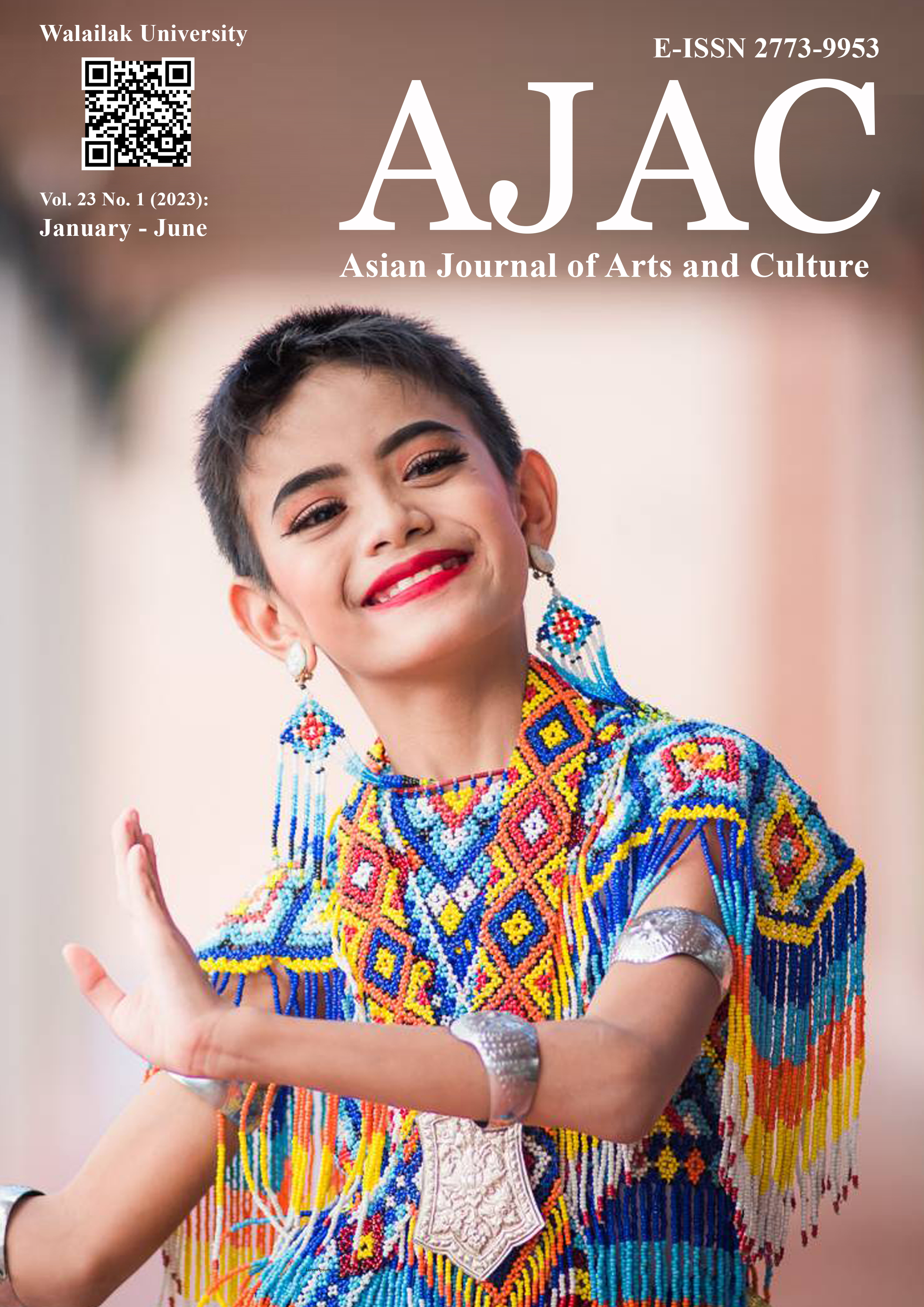Dance Therapy for Generation Y Adolescents
Main Article Content
Abstract
In the purpose of this article, the author would like to demonstrate principles of the dance of incorporating dance into medical practice which is widely discussed in Thai society and worldwide as "dance therapy". It is a branch of studies in rescue and care, using physical movements to promote and develop the interconnection of body and mind. It also exhibits another characteristic to support self-understanding that arises from a reflective perspective through the process of feeling expression shaped to behavior. It is to connect the physical and mental principles by adopting a body movement matter to emphasize building a relationship between physical and mental health which is the origin of the mechanism occurring in the body relationship that is expressed through feelings and emotions. With the principle of movement therapy by the principal combination of dance and modification of thought and behavior, it is to support and assist Generation Y adolescents, who suffer anxiety, stress, and depression, to have well-being lives in society.
Article Details

This work is licensed under a Creative Commons Attribution-NonCommercial-NoDerivatives 4.0 International License.
© 2018 by Asian Journal of Arts and Culture, Walailak University. All rights reserved.
References
Pienseethong, K., Inchan, N., & Pakdeeronachit, S. (2018). Physical exercise through dance therapy activities for senior citizens in Thai Puan Community, Nakorn Nayok Province. The Journal of Social Communication Innovation, 6(1), 126-136.
Prashyanusorn, P. (2005). The effect of dance therapy on sleep quality among elderly in the aging club (Master’s thesis). Thailand: Chulalongkorn University.
Rangapthuk, W. (2020). Thai learners’ key competencies in a VUCA World. Journal of Teacher Professional Development, 1(1), 8-18.
Ranker, J. R. (2016). Is dance/movement therapy an effective treatment for depressionin students? (Master’s thesis). Pennsylvania: Philadelphia College of Osteopathic Medicine.
Rittibul, P., Wanwichai, A., & Dudsdeemaytha, I. (2016). A study of the effects of dance therapy on the new male inmates’ stress in the central correction for young offenders, Pathumtani Province. Institute of Culture and Arts Journal, 17(2), 57-70.
Rodsaard, N., Wanwichai, R., & Pattayanon, P. (2020). Study of the utilization of dance therapy to lessen depression among frist - year students at risk of depressive disorder in the Faculty of Fine Arts at Srinakharinwirot University. Journal of Social Science and Buddhistic Anthropology, 7(1), 401-417.
Wanwichai, R. (2010). Dance for the hearing impaired children. Fine Arts International Journal, 14(1), 18-25.


